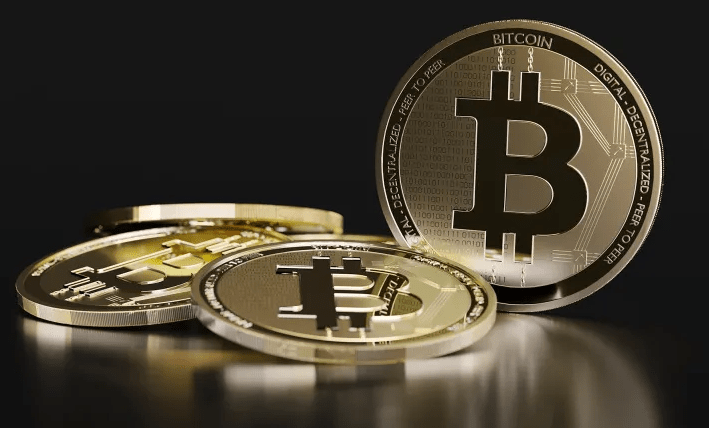Recently, the cryptocurrency market has shown new dynamics amid multiple factors at play. On one hand, the impact of traditional financial market tariff policies on cryptocurrencies is gradually weakening; on the other hand, the expectations of interest rate cuts from the Federal Reserve have become the market's focus. Although the likelihood of a rate cut at the end of July is low, the probability of a rate cut in September is increasing. Coupled with the fact that the market has just gone through a round of adjustments, prices may see a rebound in the short term. However, due to the popularity of 'crypto-stocks' (the enhanced correlation between cryptocurrencies and the stock market), a comprehensive bull market for altcoins is unlikely to reoccur, and market funds will still concentrate on mainstream assets, especially BTC, ETH, and SOL.

The impact of tariffs is weakening, and market focus is shifting towards monetary policy
In the past, international trade policies and tariff adjustments often caused fluctuations in financial markets (including cryptocurrencies), but in recent years, the cryptocurrency market has gradually shown greater independence. Especially against the backdrop of increasing global macroeconomic uncertainty, investors are more focused on the direction of the Federal Reserve's monetary policy rather than traditional trade barrier issues.
Currently, the market generally expects the Federal Reserve not to cut interest rates at the meeting at the end of July, but the probability of a rate cut in September is increasing. The CME FedWatch tool shows that the probability of a rate cut of at least 25 basis points in September has exceeded 50%. This expectation is providing support for risk assets (including cryptocurrencies).
After the market correction, there may be a rebound, but the altcoin bull market is limited
In the past month, the cryptocurrency market has undergone a round of adjustments, with BTC falling nearly 20% from its peak, and ETH and SOL also experiencing varying degrees of decline. However, as market sentiment gradually stabilizes and the expectations of interest rate cuts rise, prices may see a rebound in the short term.
However, unlike the 'altcoin season' of 2021, current market funds are more inclined to flow towards mainstream assets. On one hand, the continuous influx of funds into Bitcoin spot ETFs strengthens BTC's market dominance; on the other hand, the increased correlation between cryptocurrencies and US stocks (especially the heightened linkage with tech stocks) makes funds more likely to choose high liquidity and large market capitalization assets, rather than high-risk small-cap altcoins.
The topic of stablecoins is heating up, with mainstream coins still at the core
Recently, stablecoin regulation and adoption have become hot topics in the industry, including PayPal launching a stablecoin, the growth of Circle's USDC in cross-border payments, and the progress of central bank digital currencies (CBDCs) in various countries. This trend further solidifies Bitcoin and Ethereum's status as 'digital gold' and 'decentralized financial infrastructure,' while SOL maintains its competitiveness with a high-performance on-chain ecosystem.
Therefore, although the market may experience a rebound in the short term, funds will still concentrate on mainstream assets such as BTC, ETH, and SOL. The contribution of stablecoins to blockchain primarily lies in the increased activity on the SOL and ETH chains, which benefits gas tokens to some extent, while a comprehensive explosion of altcoins still requires clearer catalysts.
The impact of tokenized US stocks on the cryptocurrency market
Investors need to pay attention to the fact that US brokerage Robinhood has launched tokenized stocks, which is a clear negative for altcoins, as it will weaken the possibility of an altcoin bull market rather than bring new funds to the cryptocurrency space. Of course, in the long term, tokenized US stocks are beneficial for the cryptocurrency market, as more and more tokenized stocks will combine with DeFi and other products, creating new opportunities that will impact the stock operations of traditional brokerages.
Conclusion: Short-term bullish, but structural differentiation continues
Overall, the impact of tariffs on the market is weakening, and the rising expectations of interest rate cuts may drive cryptocurrency prices up in the short term. However, due to the enhanced correlation between cryptocurrencies and stocks and the development of the stablecoin ecosystem, market funds will continue to concentrate on mainstream currencies, making a comprehensive bull market for altcoins difficult to replicate. Investors may focus on short-term rebound opportunities for BTC, ETH, and SOL, but should remain cautious regarding small-cap tokens.
